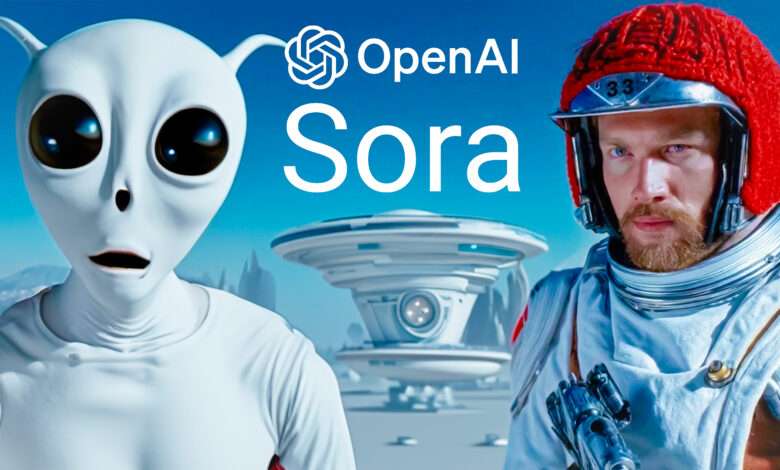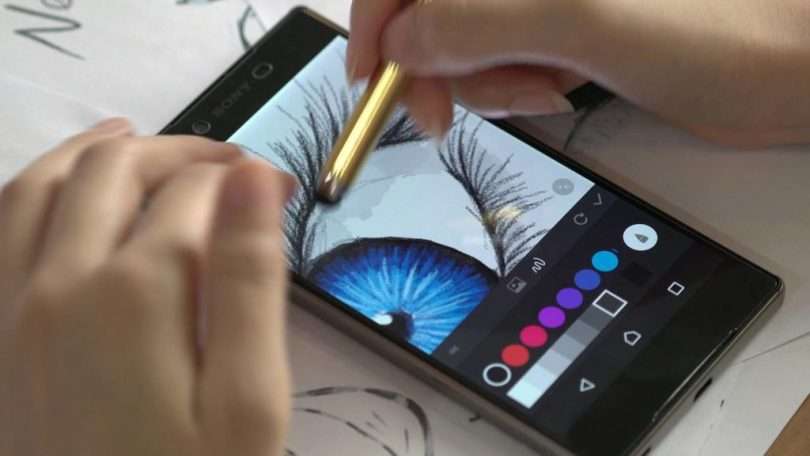Introducing Sora — OpenAI’s text-to-video model

In the ever-evolving landscape of artificial intelligence, OpenAI stands at the forefront of innovation, consistently pushing boundaries to unlock the potential of AI for the betterment of society. One of its groundbreaking creations, Sora, has garnered significant attention for its revolutionary text-to-video capabilities. In this comprehensive exploration, we delve deep into OpenAI’s Sora, understanding its origins, workings, applications, and implications for the future of content creation and beyond.
Origins of OpenAI Sora:
OpenAI, founded in 2015, aims to ensure that artificial general intelligence (AGI) benefits all of humanity. Its research spans various domains, from natural language processing to reinforcement learning, with a vision to create safe and beneficial AI. Sora emerges as a testament to this vision, born from a culmination of years of research and development in machine learning, computer vision, and language understanding.
The concept of generating videos from text isn’t entirely novel, but Sora takes it to unprecedented heights. Leveraging state-of-the-art deep learning architectures, Sora has the ability to understand, interpret, and visualize textual descriptions, transforming them into engaging video content seamlessly.
How OpenAI Sora Works:
- Text Understanding: Sora begins by comprehending the input text, parsing through its semantics, context, and underlying concepts. Through advanced natural language processing techniques, it extracts relevant information, identifying key entities, actions, and attributes.
- Scene Generation: With a thorough understanding of the text, Sora proceeds to construct scenes that vividly depict the narrative described. This involves generating virtual environments, characters, objects, and interactions based on the textual cues provided.
- Visual Synthesis: Next, Sora synthesizes visual content for each scene, leveraging computer vision algorithms to render lifelike images and animations. It employs generative adversarial networks (GANs) and other deep learning architectures to imbue the visuals with realism and coherence.
- Temporal Sequencing: To create a cohesive video, Sora orchestrates the temporal flow of scenes, arranging them in a logical sequence that aligns with the textual narrative. This involves determining transitions, pacing, and timing to ensure a smooth viewing experience.
- Output Refinement: Finally, Sora fine-tunes the generated video, refining details, adjusting visual elements, and optimizing the overall presentation. This iterative process enhances the quality and coherence of the final output, striving for realism and fidelity to the original text.

At its core, Sora operates on a sophisticated text-to-video generation model, harnessing the power of deep neural networks and multimodal learning. The process can be broken down into several key steps:
Applications of OpenAI Sora:
The applications of OpenAI Sora are diverse and far-reaching, spanning across industries and domains. Some notable applications include:
- Content Creation: Sora revolutionizes the content creation process, enabling creators to generate compelling videos from textual descriptions rapidly. From educational videos to marketing campaigns, Sora empowers creators to bring their ideas to life with ease.
- E-Learning: In the realm of education, Sora holds immense potential for enhancing e-learning experiences. By transforming text-based learning materials into engaging multimedia content, Sora facilitates better comprehension and retention among learners.
- Marketing and Advertising: Marketers and advertisers can leverage Sora to produce dynamic video advertisements tailored to their target audience. By converting product descriptions or brand narratives into captivating visuals, Sora helps amplify brand visibility and engagement.
- Entertainment and Gaming: Sora opens up new possibilities for interactive storytelling and gaming experiences. Game developers can use Sora to generate cinematic cutscenes, immersive worlds, and character interactions based on narrative scripts, enriching the gaming experience for players.
- Accessibility: Sora plays a pivotal role in making information more accessible to diverse audiences, including those with visual or auditory impairments. By converting textual content into audio-visual formats, Sora enhances accessibility and inclusivity across digital platforms.
Implications for the Future:
As OpenAI Sora continues to evolve and mature, its implications for the future are profound. Here are some key considerations:
- Democratization of Content Creation: Sora democratizes content creation by lowering the barriers to entry for aspiring creators. With intuitive text-to-video tools, individuals and businesses can produce high-quality multimedia content without specialized expertise or resources.
- Redefining Visual Communication: Sora redefines how we communicate and consume information in the digital age. By seamlessly bridging the gap between text and video, Sora facilitates richer, more immersive forms of communication that resonate with audiences across diverse contexts.
- Ethical and Social Implications: The widespread adoption of AI-generated content raises important ethical and social questions regarding authenticity, misinformation, and creative ownership. As Sora blurs the lines between human and machine-generated content, it’s essential to address these concerns proactively.
- Advancements in AI Research: Sora serves as a catalyst for advancements in AI research, driving innovation in natural language understanding, computer vision, and multimodal learning. By tackling the complex challenges of text-to-video generation, Sora pushes the boundaries of AI capabilities and fosters interdisciplinary collaboration.




